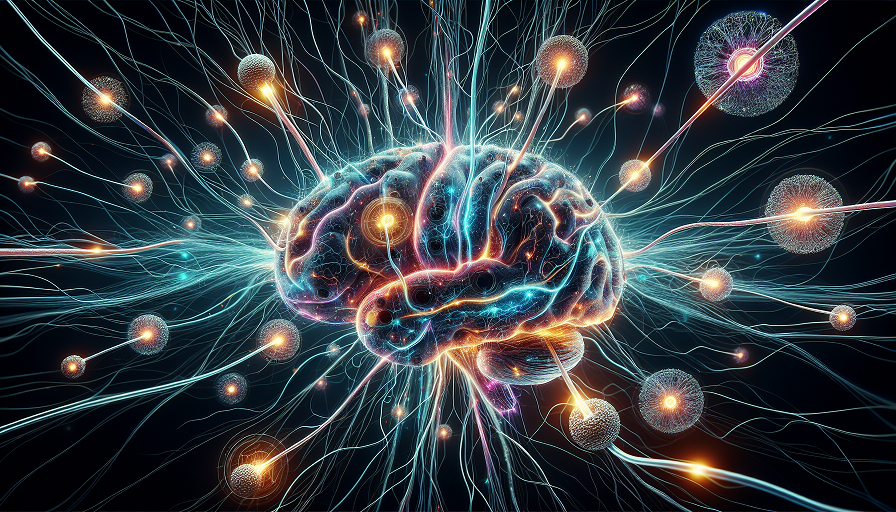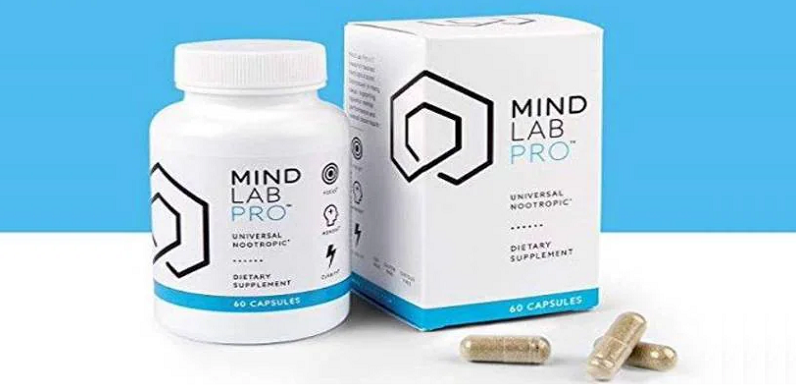
This is the story of how I broke free from creative paralysis and rediscovered my passion for painting, thanks to nootropics and a renewed perspective on creativity.
Contents
The Creative Void
For as long as I can remember, painting was my escape. The swirl of colors, the texture of the brush against the canvas—it all felt like magic. But somewhere along the way, that magic faded. Life became busier, filled with deadlines, responsibilities, and the overwhelming noise of daily stress. My art supplies sat untouched for months, and my once-vivid imagination seemed to have dimmed.
Every time I tried to paint, I froze. The blank canvas stared back at me, a glaring reminder of my creative block. I’d mix colors, pick up a brush, and… nothing. Ideas that used to come naturally now felt elusive. It wasn’t just frustrating—it was disheartening. I started questioning whether I had any creativity left at all.
“Maybe I’ve just lost it,” I thought one afternoon as I packed up my untouched art supplies. That moment felt like a surrender, but deep down, I knew I wasn’t ready to give up entirely.
Searching for a Spark
A few weeks later, a friend shared an article with me about nootropics. She had been using them to help with her focus at work and thought they might be helpful for my creative struggles. At first, I was skeptical. Nootropics? Cognitive enhancers? It sounded a bit too good to be true. But as I read more, I realized these supplements weren’t about shortcuts—they were about optimizing mental performance by supporting focus, memory, and clarity.
One ingredient stood out to me: Lion’s Mane, which is said to promote neuroplasticity and encourage new connections in the brain. Another, L-Theanine, promised calm focus, something I desperately needed in my frazzled state. Encouraged by the potential benefits, I decided to give it a try. I ordered a blend with a mix of ingredients targeted for creativity and focus and promised myself I’d approach it with an open mind.
Taking the First Steps
The supplements arrived a few days later, and I began taking one capsule each morning with breakfast. I didn’t expect a miraculous transformation, but I felt hopeful. To give myself the best chance of success, I also set some new habits: I committed to spending at least 30 minutes in my art studio every day, even if I didn’t produce anything.
The first few days felt like an exercise in patience. I’d sit in my studio, staring at a blank canvas, willing ideas to come. But something interesting happened by the end of the first week. My thoughts felt less scattered, and I found it easier to focus on small details, like mixing colors or sketching out preliminary shapes. It wasn’t a masterpiece, but it was a start.
The Artistic Breakthrough
About two weeks into the new routine, something incredible happened. It was a quiet Saturday morning, and I had just finished my coffee and taken my nootropic. I walked into the studio without any expectations and started mixing paints. Suddenly, an image came to mind—a vivid scene from a dream I’d had weeks earlier. Without overthinking, I began sketching it out on the canvas.
The hours melted away as I worked. Colors came together effortlessly, blending in ways that felt intuitive and alive. I didn’t second-guess myself or worry about whether it was “good enough.” For the first time in years, I was fully immersed in the process. When I stepped back to look at the canvas, I felt a rush of pride. It wasn’t perfect, but it was mine—a raw, emotional expression that felt authentic.
Rediscovering Joy in Creation
That breakthrough sparked something inside me. I started spending more time in the studio, experimenting with different techniques and styles. The nootropics helped me stay focused during these sessions, and I noticed I was less critical of my work. Instead of aiming for perfection, I focused on the joy of creating.
One piece led to another, and soon I had a small collection of paintings that I was proud of. I even decided to share one on social media—a bold move for someone who had been hiding her art for so long. The response was overwhelmingly positive. Friends and strangers alike commented on how vibrant and emotional the piece felt. “It’s like you’ve found your voice,” one person wrote. They were right—I had found my voice again.
The Bigger Picture
Art became more than just an activity—it became my sanctuary. I started incorporating other habits into my routine, like meditation and journaling, to nurture my creativity further. The combination of nootropics and these habits created a powerful synergy. My mind felt clear, my ideas flowed freely, and I was no longer afraid of the blank canvas.
One of the most meaningful moments came when a local gallery invited me to participate in a group exhibition. Seeing my work displayed alongside other talented artists was surreal. It was a reminder of how far I’d come—not just as an artist, but as someone who had reclaimed their creative spirit.
Scientific Insights and Research
The transformation I experienced aligns with research into the benefits of nootropics for creativity and cognitive function. Lion’s Mane, for instance, supports the production of nerve growth factor (NGF), which enhances neuroplasticity—the brain’s ability to form new connections. This is particularly valuable for creative processes, as it allows for more flexible and innovative thinking.
Another key ingredient, L-Theanine, promotes a state of calm focus by increasing alpha brain wave activity. This mental state is associated with creativity, as it enables the mind to wander constructively and generate new ideas. Additionally, Rhodiola Rosea, an adaptogen, reduces stress and fatigue, which can often hinder creative efforts.
When combined with intentional habits, nootropics create an ideal environment for artistic growth by supporting focus, reducing mental barriers, and enhancing overall cognitive function. While they’re not a substitute for practice and dedication, they can provide the boost needed to overcome creative blocks and unlock new possibilities.

